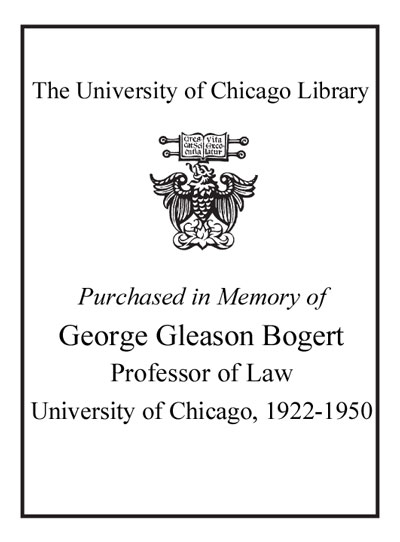| Summary: | "Climate and energy policy needs to be durable and flexible to be successful, but these two concepts often seem to be in opposition. One venerable institution where both ideas are apparent is the Clean Air Act, first passed by the United States Congress in 1963, with amendments in 1970 and 1990. The Act is a living institution that has been hugely successful in improving the environment. It has programs that reach across the entire economy, regulating various sectors and pollutants in different ways. This illuminating book examines these successes - and failures - with the aim to offer lessons for future climate and energy policymaking in the US at the federal and state level. It provides critical information to legislators, regulators, and scholars interested in understanding environmental policymaking"--
"In designing public policy, analysts often focus on criteria like efficiency and distributional fairness. These are important attributes of good policy design and in the climate and energy context we have seen significant attention paid to them. Our focus in this book is, nevertheless, different. Our claim is that, despite the recent pause in U.S. efforts to reduce emissions, the U.S. will need to return to aggressively regulating its greenhouse gas emissions. And in doing so, we will need well-designed energy policy that will need not only to be efficient and fair but also to be durable in order to achieve substantial reductions in greenhouse gas emissions by mid-century. Most centrally, we will need durable energy policy in order to motivate the substantial private sector investment in long-lived energy infrastructure that will be necessary to transform our energy system"--
|
|---|

